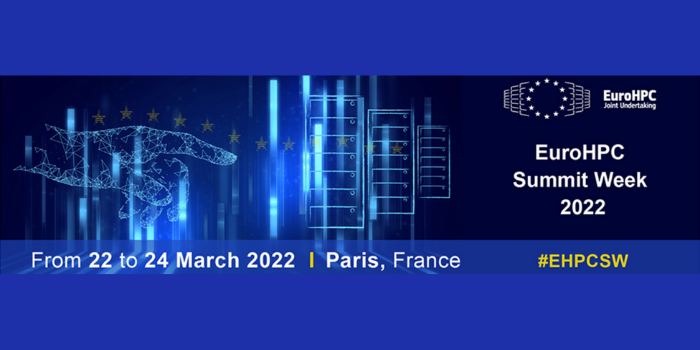Excitonic effects in graphene-like C3N
Carbon nitrides are gaining growing attention in recent years: they are metal-free carbon-based materials with comparable structural, chemical and electronic properties with respect to graphene. Among them, C3N - an indirect gap semiconductor- has been recently experimentally synthesized. Since then several studies have been conducted, showing remarkable properties of C3N in view of applications in optoelectronic and electrochemical energy storage devices. However, to consider C3N in optoelectronic applications (photocatalysis, photodetection, solar cells, LED), a study on excitonic effects (i.e. optical properties) is required but not yet performed.
The research group involved in this work is composed by: Miki Bonacci, PhD student in the group of professor Elisa Molinari; Matteo Zanfrognini, PhD student from the same group; professor Elisa Molinari, full professor of condensed matter physics at the university of Modena and Reggio Emilia; Alice Ruini, associate professor of condensed matter physics at the university of Modena and Reggio Emilia; Marilia J. Caldas, full professor of condensed matter physics at the university of Sao Paulo; Andrea Ferretti, permanent researcher at CNR nano; Daniele Varsano, permanent researcher at CNR nano. They used the MaX flagship codes Quantum ESPRESSO and Yambo.
In this work the team characterized the excitonic effect in monolayer C3N by means of many-body perturbation theory methods (GW+BSE). Excitation energies, binding energies and oscillator strengths are computed in order to characterize bright and dark states, and discussed also with respect to the crystal symmetry. The main result obtained is the so-called excitonic band structure, i.e. the exciton dispersion in momentum space. Moreover, a precise description of the theoretical absorption and electron energy loss spectra is provided in order to provide reference for future experiments. As for other 2D materials, a quasilinear excitonic dispersion is found close to vanishing momentum, showing a downward convexity inherited from the indirect band gap nature of the electronic band structure.
This paper represents an extensive characterization of excitonic effects in C3N, in particular, for the best of our knowledge, it is one of the first works considering excitonic dispersion, directly related to exciton dynamics, for indirect band gap materials. Finally, this work constitutes a solid starting point to consider the role of excitonic effects of C3 N in more specific cases, e.g., in describing exciton-phonon scattering or the spectroscopy of in-plane adsorbates/defects.
Figure 1 - a) excitonic band structure of C3N along high symmetry directions of the Brillouin Zone. The associated colorbar indicates the activity or inactivity of each excitonic band for a given transferred momentum q between electrons and holes. b) excitonic wavefunctions for the two lowest excitons at momentum q=M, corresponding to the indirect band gap of C3N
Figure 2- excitonic wavefunction in real and reciprocal space for the lowest exciton and the brightest one. Both are degenerate in energy.
M. Bonacci, M. Zanfrognini, E. Molinari, A. Ruini, M. J. Caldas, A. Ferretti, and D. Varsano. Excitonic effects in graphene-like C3N. Phys. Rev. Materials 6, 034009



